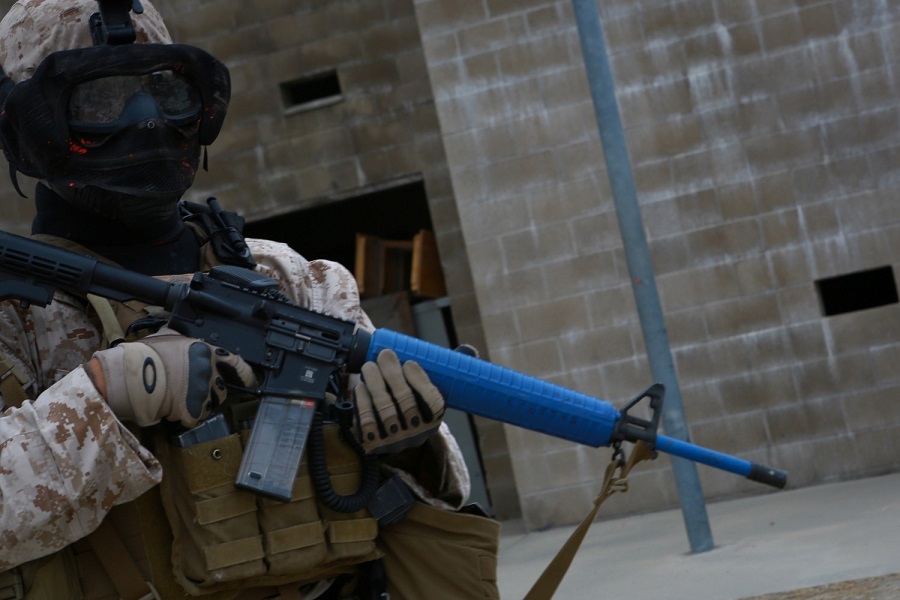
This post is also available in:
 עברית (Hebrew)
עברית (Hebrew)
When a van speeds toward a traffic control point at 55 mph, soldiers have 15 seconds from the time they see that van to the time it could explode. So in 15 seconds, a soldier has to identify whether that’s a van full of explosives or a van full of kids. How do you do that?
The US Defense Advanced Research Projects Agency is experimenting with sensors, artificial intelligence, drones and human psychology to better protect troops with technologies that can distinguish between threats and noncombatants.
The Urban Reconnaissance through Supervised Autonomy (URSA) project aims to use autonomous systems to help the military detect hostile forces in cities and positively identify combatants before any U.S. troops come in contact with them. The program weaves legal, moral, and ethical concerns into its foundation.
The URSA vision is to develop technology to enable autonomous systems that U.S. ground forces supervise and operate to detect hostile forces and establish positive identification before any U.S. troops come in contact with them.
The program seeks to overcome the complexity of the urban environment by combining new knowledge about human behaviors, autonomy algorithms, integrated sensors, multiple sensor modalities, and measurable human responses to discriminate the subtle differences between hostile and innocent people.
As they do today, the combatants will make the final decision on whether to escalate or reduce response to a perceived threat. Those decisions, however, will benefit from additional intelligence from URSA prior to direct engagement, according to darpa.mil.
Lt. Col. Philip Root, the acting deputy director for DARPA’s Tactical Technology Office, told fcw.com how the Defense Department plans to forge relationships between humans and machines.
URSA’s approach to the problem of discriminating hostile and non-hostile persons in urban operations aims at supplying the soldier with more information about intent. “We do that by putting signs out, a stop sign. If they speed by the stop sign, that’s information. So we’re putting out a sign, a probe, to tell the target, someone we’re watching, to stop. And then we give them another sign — send out a flare or fire warning shots depending on rules of engagement — to insert a message. And how they respond is more information.”
“So as a military patrol is moving through a city, we’d love to let everyone know in advance. But they can’t all just leave. We have to operate with non-combatants around and provide them every opportunity to remove themselves from the environment. Anyone left would then have hostile intent.”
He said one of the possible solutions could be sending a message via drone, calling people to refrain from walking outside, and advising them to go to the nearest building.
He said they have a team of behavioral psychologists and use social science models of how people respond.

























